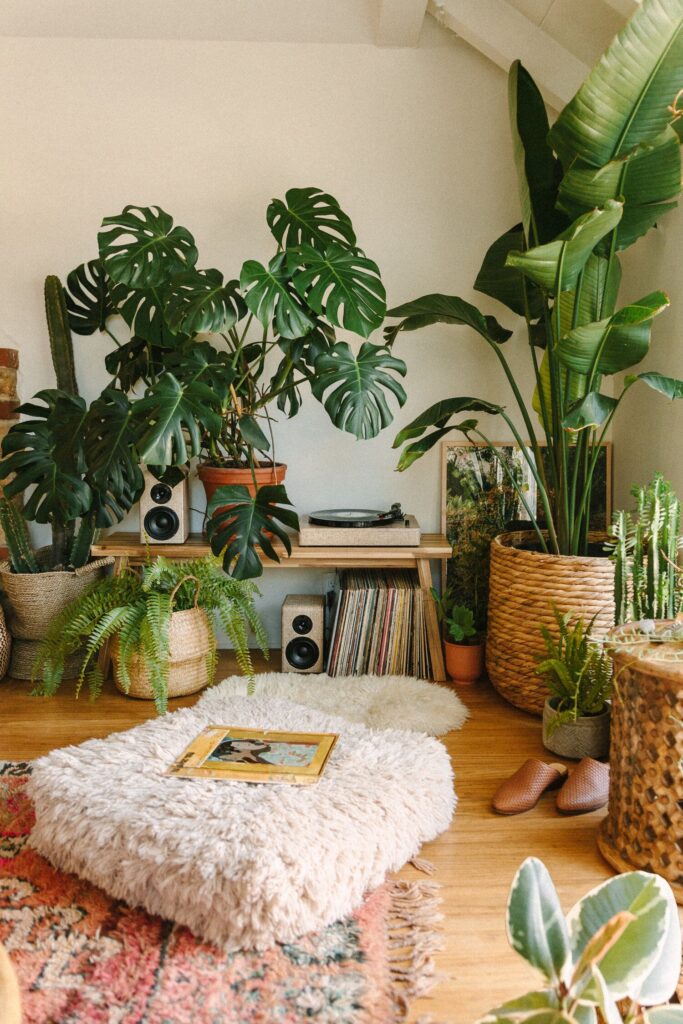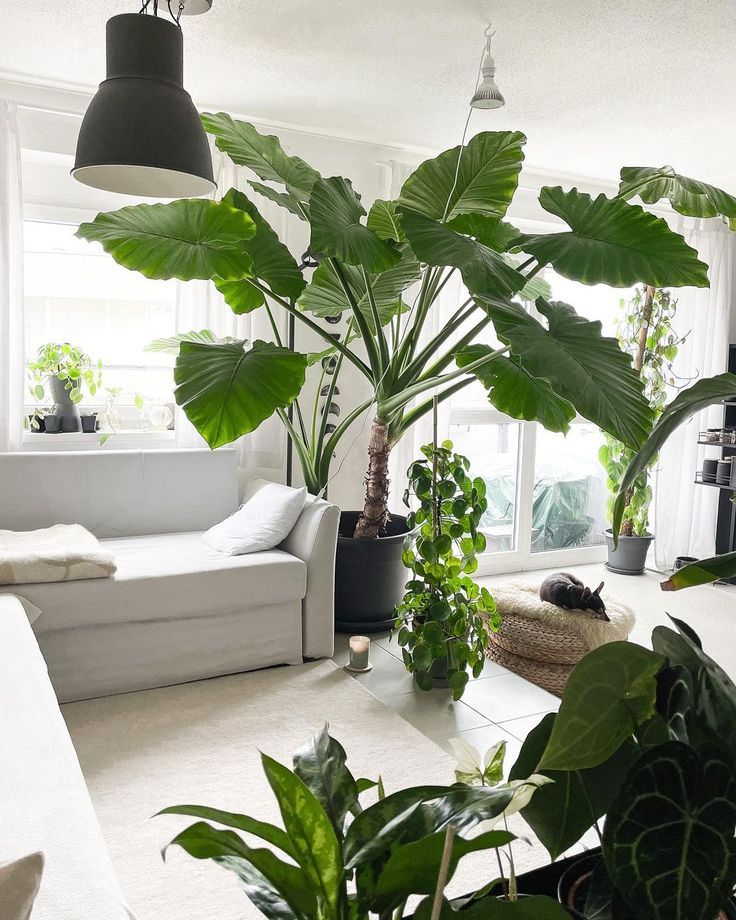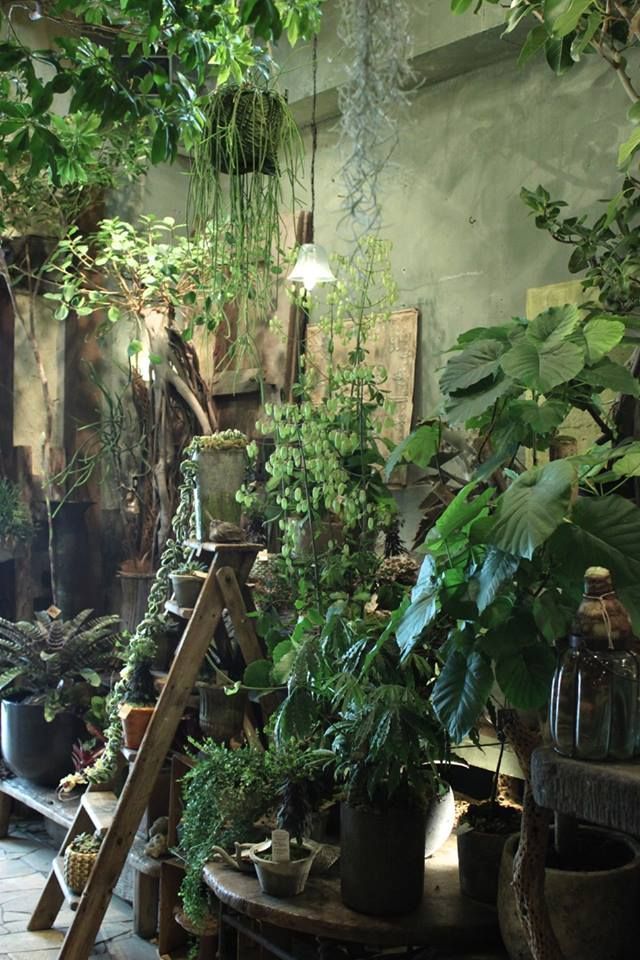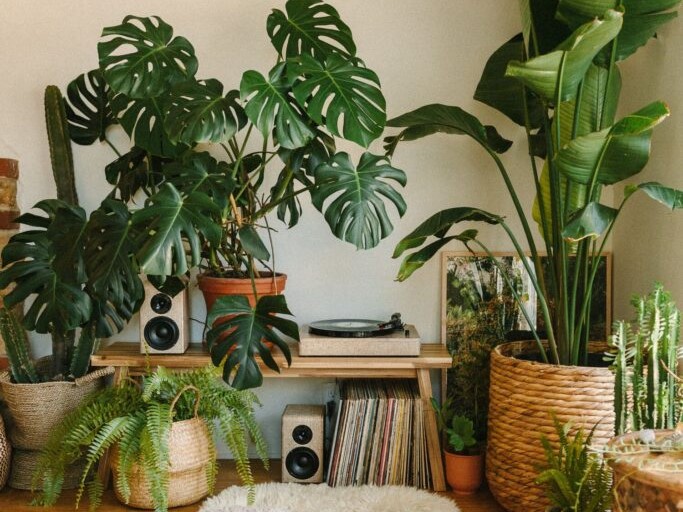Today we will depart a bit from the topic related to sheep, and looking at the upcoming spring and the possibility of decorating the house with plants, we will present you material about plants that can be found in a child’s room. We will also complete the whole with those that should be avoided so as not to cause unnecessary problems.

Plants are an important part of any interior design. They not only make our environment more attractive and friendly, but also healthier and less toxic. Unfortunately, not all houseplants are suitable for every room and they cannot be grown everywhere, for example in a child’s room.
Our children do not always know what is good and safe for them, and at the same time they are eager to explore the world around them, trying new flavors and checking the durability of objects, so we must be very careful when introducing plants to their room.
What should you watch out for?
In a child’s room, we cannot place a pot with a cactus or a shiny spurge, because a moment of inattention is enough for a child to hurt themselves with their thorns or hurt themselves in any other way. In his room, we also cannot put any decorative fruit plants, because the vast majority of them are poisonous or inedible species.
It doesn’t take much for a tragedy to happen if we put a pot with a charming but treacherous coral nightshade or creeping nertera on a children’s table. Their fruits are very decorative, but also dangerous, especially for a small child. When our child, tempted by their bright colors, decides to treat them as a delicacy, at best it may end up with serious stomach problems and a visit to the doctor.

Plants whose juice has toxic or stinging properties are also unsuitable for a children’s room. While exploring the world, a child may want to check how a colorful dieffenbachia or croton leaf looks or tastes up close, and this will mean serious trouble. When the juice of these plants gets into the mouth or eyes of a baby, it can cause very serious poisoning, irritation or other health problems.
What plants should be placed in a child’s room?
Although the list of forbidden plants for children is quite large, there is no shortage of species that can be used to decorate a children’s room without fear. These include, among others, charming and long-blooming saintpaulias (called African violets), undemanding and very decorative herbaceous plants (especially striped varieties), trouble-free and colorful three-crotches, slightly exotic papyruses, romantic nephrolepis (ferns), hardy sansevierias or loving the sun thickener and echeveria.
When children get used to plants from an early age, they may want to take care of them themselves. When they grow up a bit, we can enable them by giving them the right plants to grow. They must be undemanding and safe species, so it’s best to choose edible plants that can be sown in pots, such as: chives, cress, basil, parsley or fast-growing beans or some garden flowers such as marigolds.

What are the benefits of plants in the room?
Plants will not only decorate the child’s surroundings, but also make the air in their room cleaner and healthier (plants have the ability to absorb and neutralize some toxins from paints, furniture and carpets, such as formaldehyde, trichlorethylene, benzene, xylene or toluene). Of course, we should not place them within the reach of a small child’s curious hands, because although they are relatively safe plants, it is better not to tempt fate and not experiment with the health of our children.

0 responses to “What plants can be found in a child’s room?”